How to mic a guitar amp or cabinet
It's not as simple as just plonking a dynamic mic in front of your amp's speaker
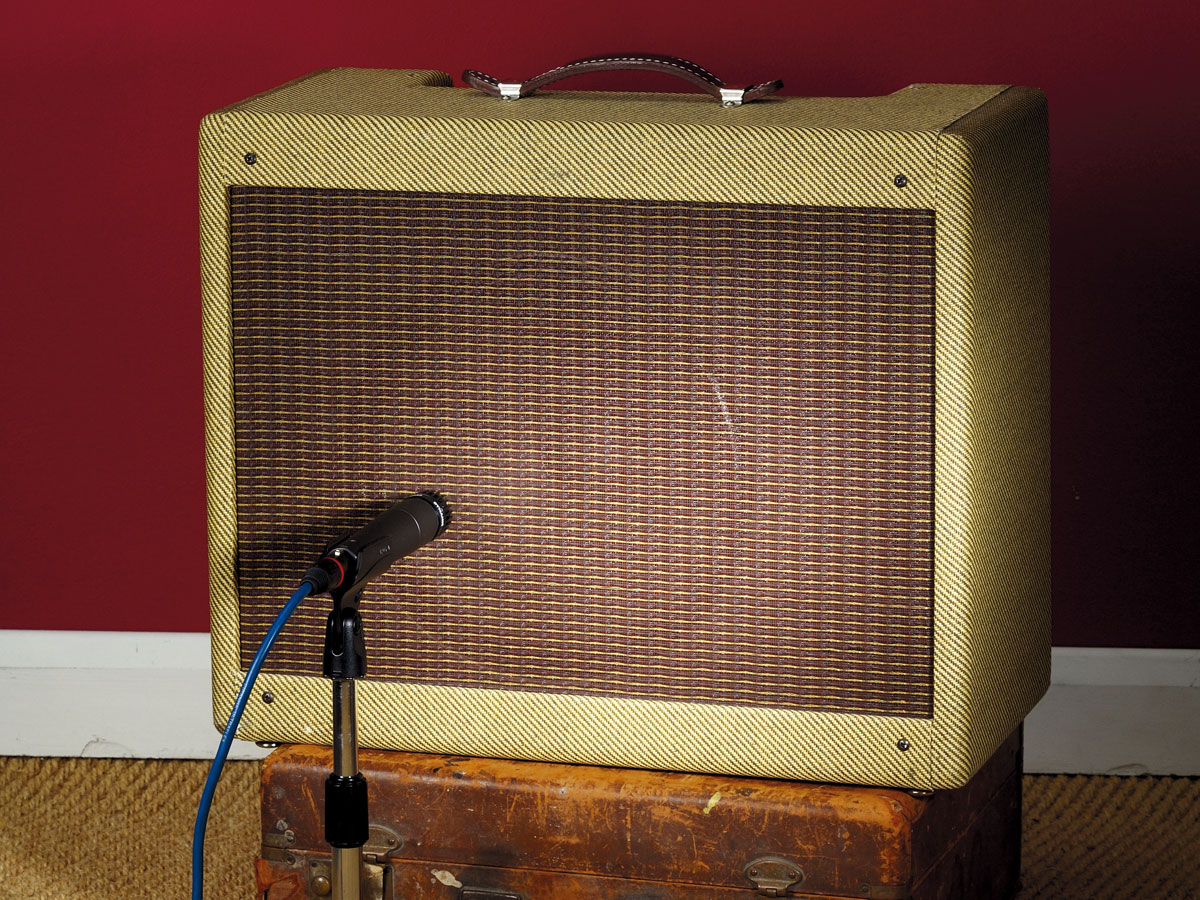
Introduction
Recording is a tricky art. In between getting your guitar in tune, dialling in pedal and amp settings, and readying your DAW, it’s unlikely you’ll have had much time to think about microphone placement - and contrary to popular belief, it’s not as simple as just plonking a dynamic mic in front of your guitar amp’s speaker.
Do this, and you’ll quickly learn there’s nothing more frustrating than getting the greatest guitar tone you’ve ever heard in the room, then hearing it transformed into a muddy mess due to poor positioning.
But while there are a few ground rules to follow, mic’ing successfully is largely down to trial and error, so be prepared to spend some serious time tweaking...
• The 15 best guitar amps: our pick of the best amps for beginners and experts
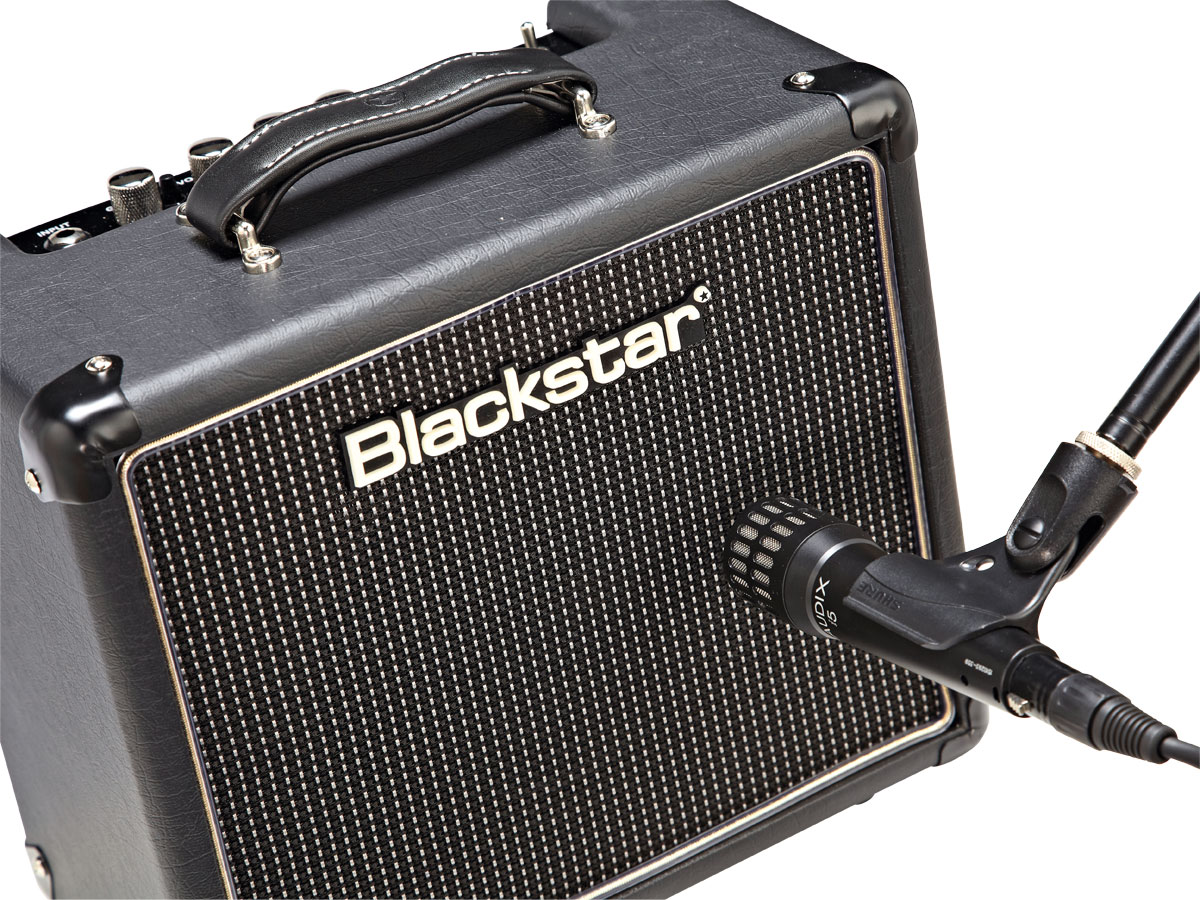
Size matters
First, think about what kind of amp you’re planning to mic up. Sure, a wall of 4x12s works great for live shows, but some of the best guitar tones on record have come from small amps.
"Petite combos are far easier to deal with in recording situations"
Petite combos are far easier to deal with in recording situations: they have less low end, which ensures they sit better in a mix, plus most of them have only one speaker to deal with, so you know exactly where the sound’s coming from - if you’re planning to mic up an amplifier with multiple speakers, allow more time to pinpoint which of them is putting out the tone you’re after.
Finally, a 5-watt combo is going to break up much earlier than a 100-watt head, which helps to get those cranked-amp sounds at a more acceptable volume level.
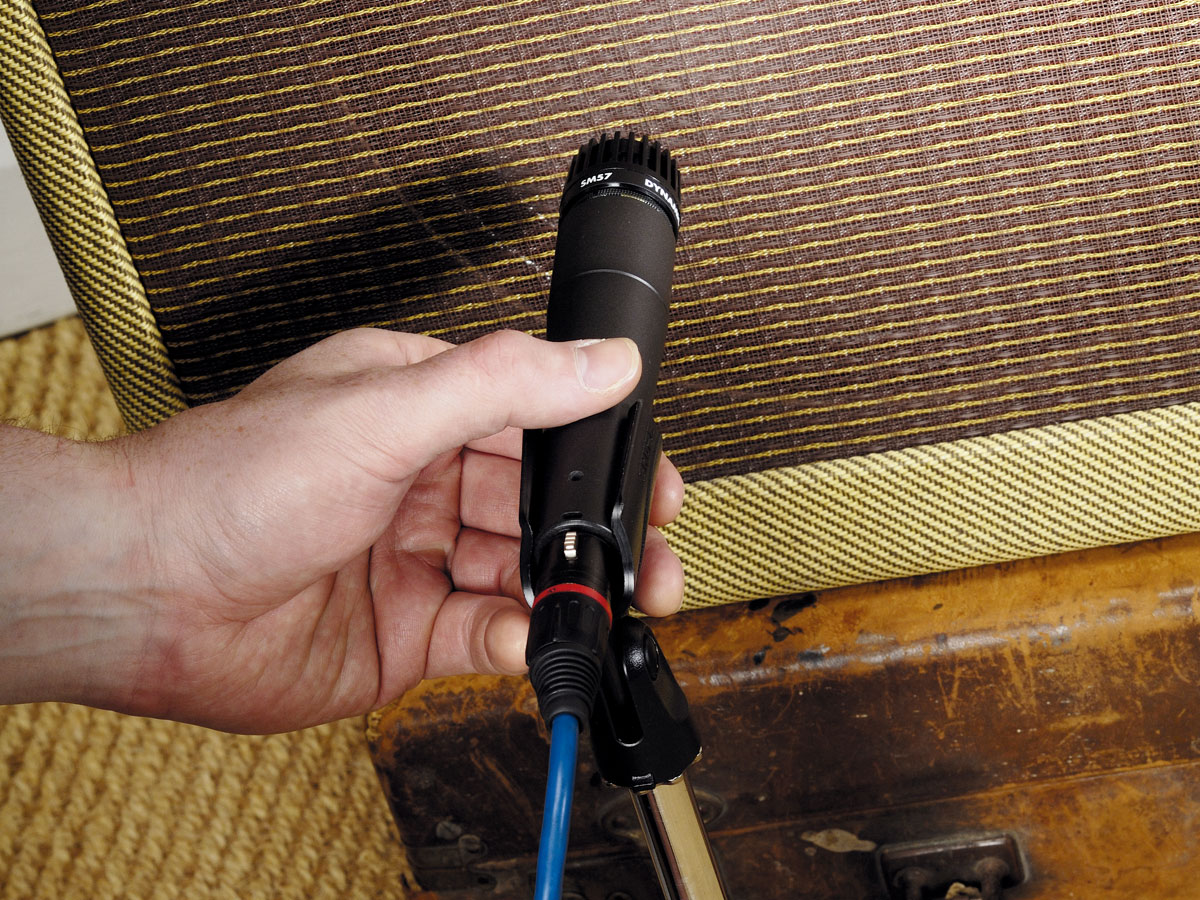
Experimenting with mics
1. Try different positions
"For core guitar takes, a closed-mic’d approach is usually best"
Moving your amp away from corners and hard surfaces keeps the sound clear and limits reflections, while playing in the bathroom adds a tiled ambience - small position shifts, such as lifting your amp off the floor, affect its tonal response, too.
2. Give it some distance
For core guitar takes, a closed-mic’d approach is usually best, but moving your mic a couple of feet or so away adds some of the room’s natural acoustics for a more ambient feel. This works a treat for intros, but try layering it with a close- mic’d part for a more ‘in the room’ feel.
3. Use two mics
Two mics will produce two tones from the same take - good for cabs with multiple speaker types. You need to be careful of phase issues, but keeping them both a similar distance from the cab can produce some great mix-filling results.
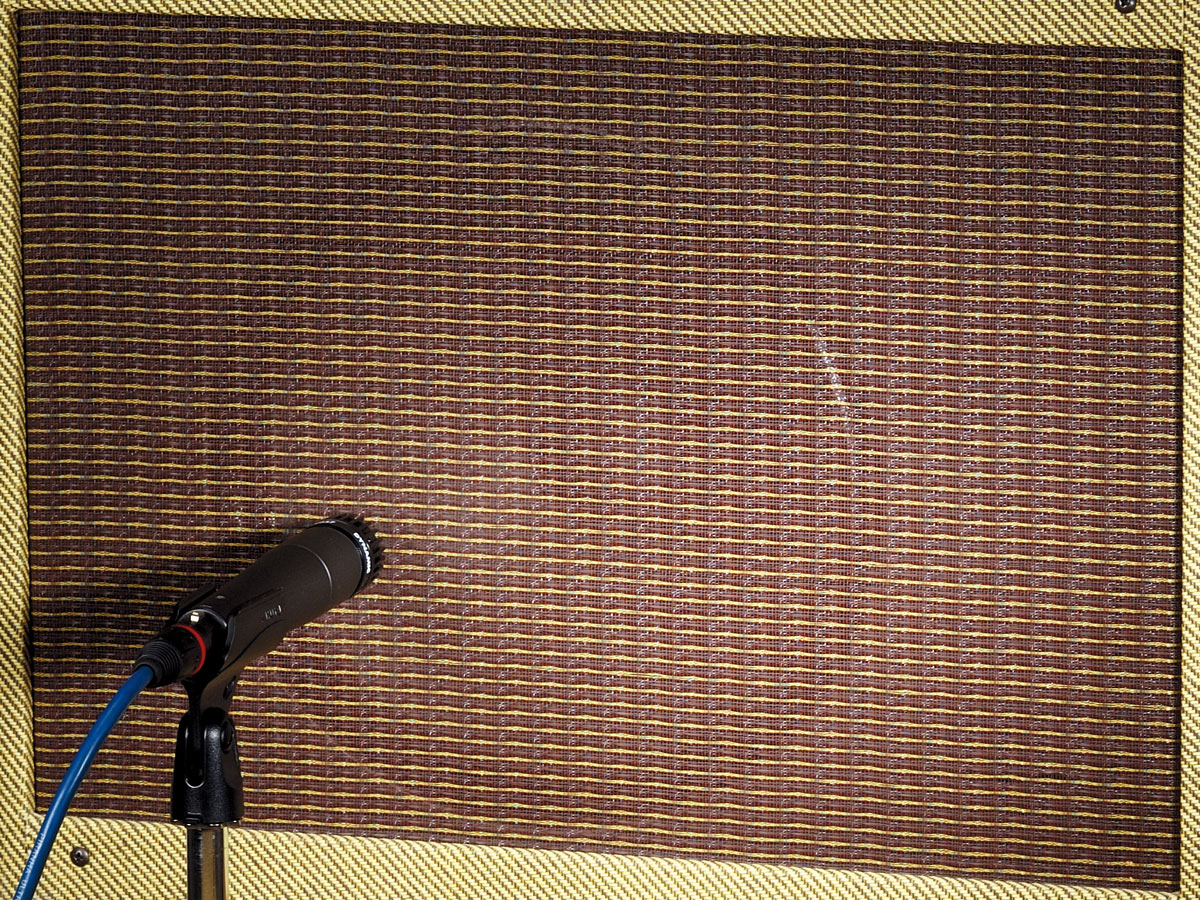
Steps to amp-mic'ing success
Find your tone...
Before you get fiddling with mic placement, you need to pinpoint the tone you’re after. Spend some time in the room with your amp, trying it in different positions, and sweeping through each control one by one until you find the settings that nail the sound you want to capture.
"By feeling around the edge, you can usually locate the speaker"
...And your speaker
Next, you need to locate your speaker. Some cabs have thick speaker grilles, which make it difficult to see where the speaker’s positioned. By feeling around the edge, you can usually locate the speaker, but if not, shining a torch onto the cloth usually does the trick.
Location, location, location
Guitar amps are traditionally associated with close-mic’ing, and even the slightest change in position can drastically affect the captured tone.
Using a mic stand or an alternative mic’ing solution (more on those, later), start with a dynamic mic 1cm to 3cm away from the grille, pointing halfway between the centre and the edge of the speaker.
In general, mic’ing the centre of the speaker gives you a bright sound, which gets progressively darker as you move the mic towards the edge of the cone. Shifting the mic back from the speaker entirely introduces more ambience to the sound.
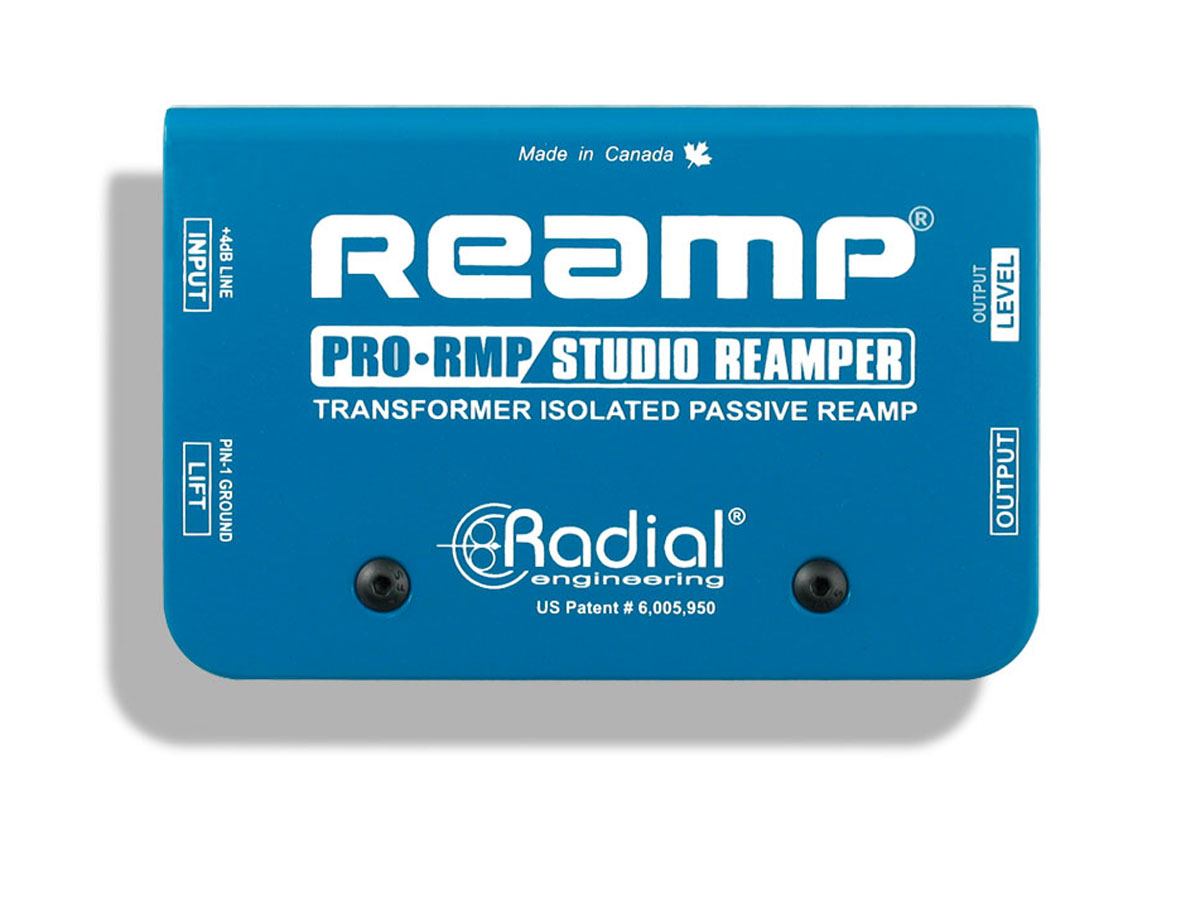
Steps to amp-mic'ing success (continued)
Mic your mark
With your desired guitar tone dialled in, record a few rough takes while gradually moving the mic from the centre of the speaker to the edge, making notes or taking photos of its position for each take.
"If you’re really not happy, you could always try re-amping the part later, using a re-amping box such as the Radial ProRMP"
Once you feel you’ve got as close as you possibly can to the tone in the room, use some tape to mark the exact position of the mic on the speaker grille - this will save you a lot of time when your drummer wanders in and knocks the mic stand over.
Don't panic
If you’re struggling to replicate the amp’s sound in the room, don’t fret. It’s important to remember that the recorded tone will change once combined with other elements of the track - what sounds good on its own won’t always sit well in a mix.
If you’re really not happy with your sound, you could always try re-amping the part later, using a re-amping box such as the Radial ProRMP (pictured).
But don’t forget: the most important part of recording is to capture the energy and dynamics of the performance, and there’s nothing quite like the relationship between a guitar and amp in the same room.
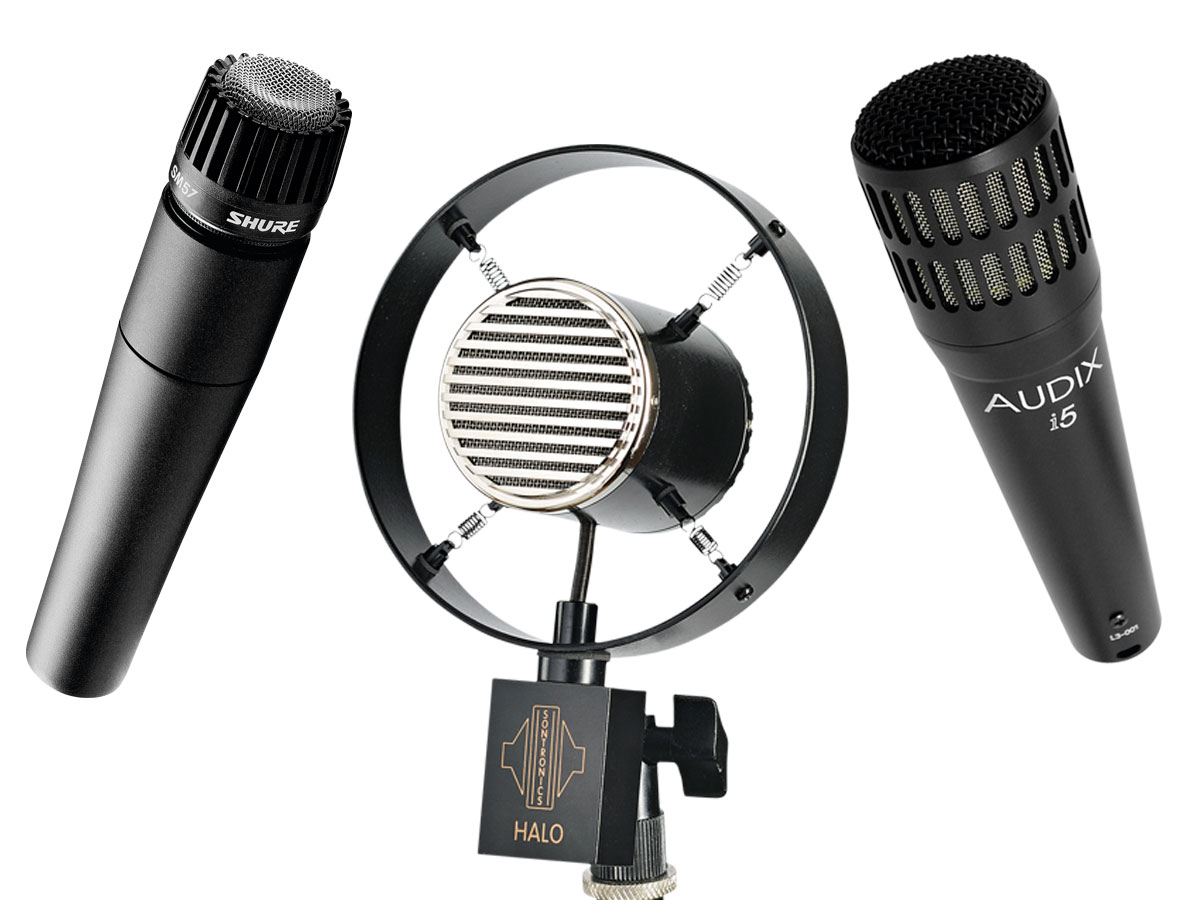
Three dynamic mics
Shure SM57
£105/$124
An industry standard across the globe, the Shure SM57 is used for a variety of applications, but its natural home is the guitar amp, thanks to its compact windscreen, which allows it to get right up close to the grille.
Be careful when buying used, though - there are fakes all over the interwebs, so be sure to buy from an official Shure dealer.
Sontronics Halo
£129/$179
You’ll find these retro-looking mics all over the amps of Queens Of The Stone Age among other bands, and with good reason: the Halo is designed specifically for use on guitar amps and cabs, and offers a guitar-friendly EQ response that saves you tweaking at the mixing stage.
Audix I5
£79/$150
In terms of build quality and usability, the i5 is similar to the SM57, but offers a slightly different EQ coverage: it’s designed to provide a flat midrange, with a boost to the low end and upper mids for a ‘pre EQ’d’ studio sound. It’s also a bit of a bargain at this price.
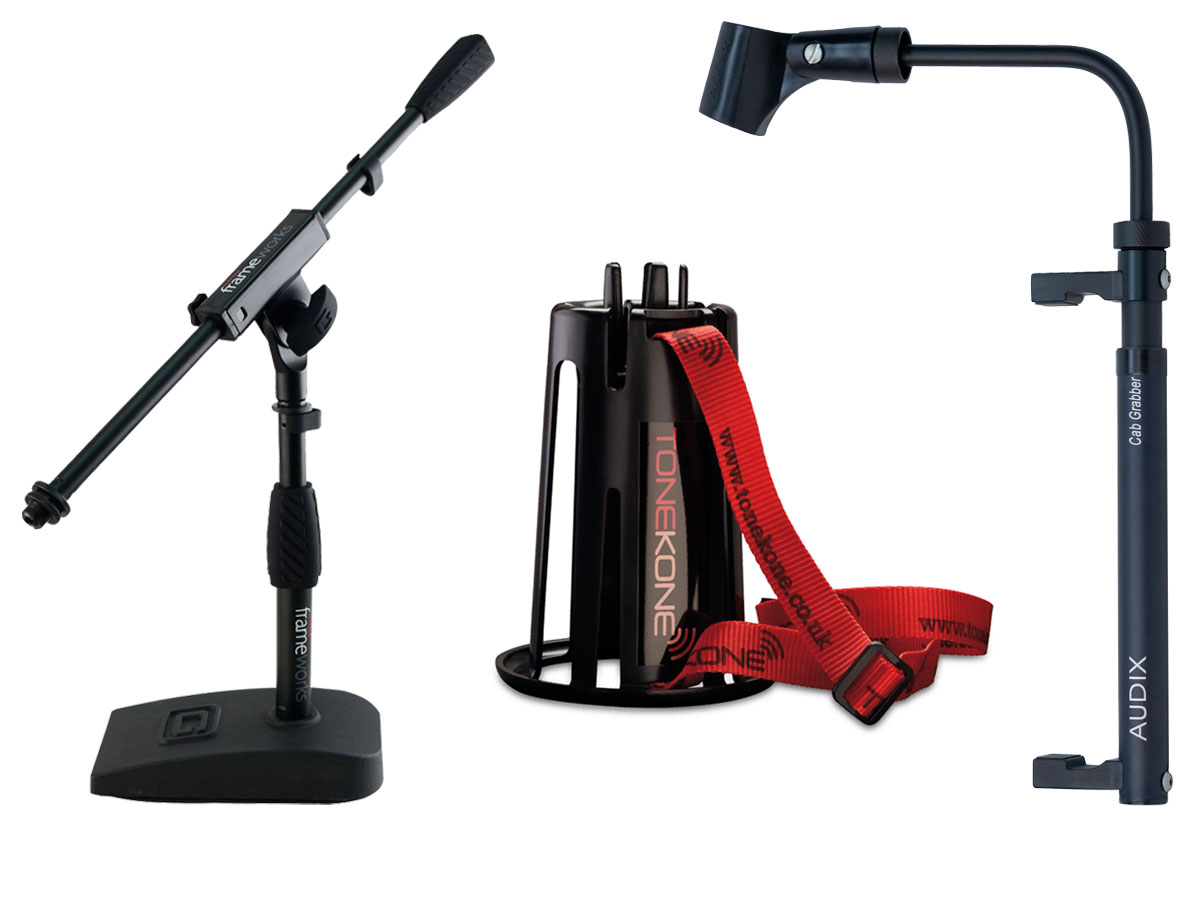
Cab-mic'ing solutions
Gator Frameworks GFW-MIC-0821
£29.99/$54.99
A short mic stand such as this is the traditional solution to amp mic’ing - its weighted base ensures it won’t get knocked over easily.
ToneKone
£19.99/approx. $32 (plus shipping)
The ToneKone is an affordable mic’ing invention: just attach it to your amp using the included Velcro coin, stick your mic in and let rip.
Audix Cab Grabber
£49/$65
A real space-saver, the Cab Grabber grips to your amp and allows for precise positioning using the neck choke, which holds mics up to 1lb.
Total Guitar is Europe's best-selling guitar magazine.
Every month we feature interviews with the biggest names and hottest new acts in guitar land, plus Guest Lessons from the stars.
Finally, our Rocked & Rated section is the place to go for reviews, round-ups and help setting up your guitars and gear.
Subscribe: http://bit.ly/totalguitar
